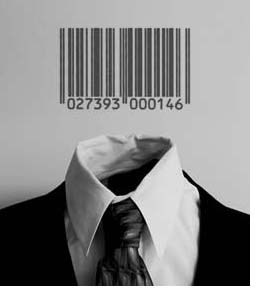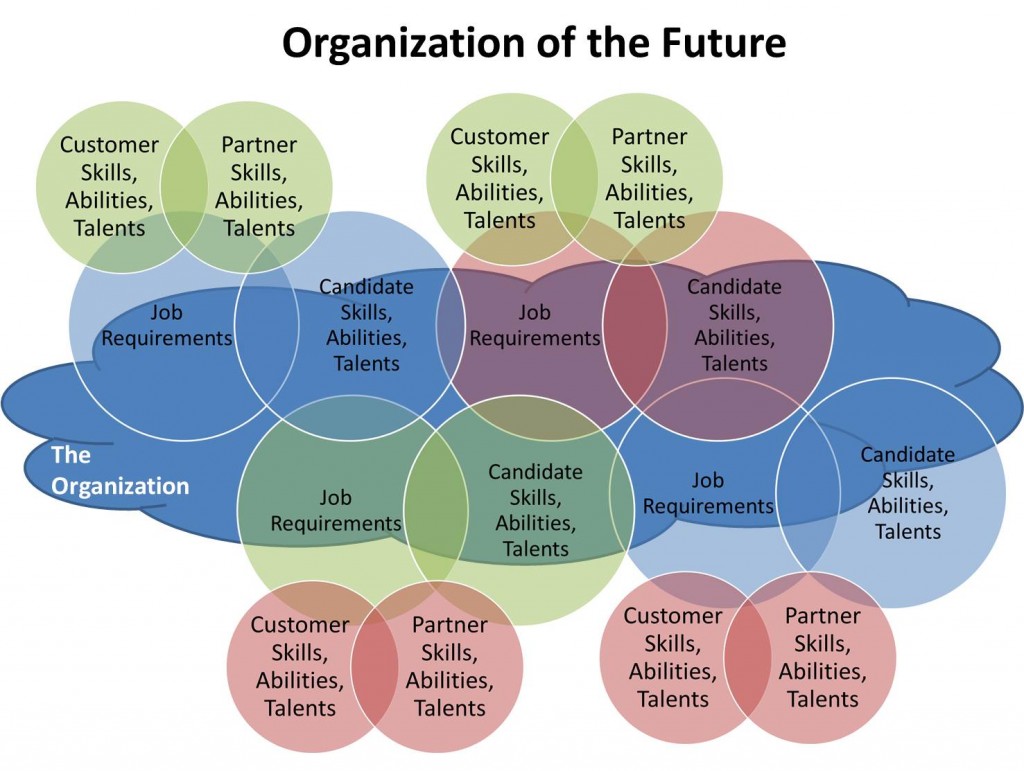 I’ve been thinking a lot lately about personal branding, in part because I’m about to begin a new commissioned white paper and so I’ve been re-visiting my popular white paper for Innocentive – Harnessing the Global Talent Pool to Accelerate Innovation, and what I wrote about personal branding there:
I’ve been thinking a lot lately about personal branding, in part because I’m about to begin a new commissioned white paper and so I’ve been re-visiting my popular white paper for Innocentive – Harnessing the Global Talent Pool to Accelerate Innovation, and what I wrote about personal branding there:
“… the world continues to move away from being a place where employees expect to have jobs for life, and fight against any change to this paradigm, to a world where portfolios, personal branding, and project-based work will become more common in an increasing number of industries. The evolving world of work is becoming a world in which individuals will need to be really good at collaborating and playing well with others, while also honing their skills at standing out from the crowd. At the same time, the external perception of your network value will expand from a focus on internal connections to also include the talented minds you might know outside the organization that can be brought in on different projects or challenges.”
So, let’s dig in…
The power of the individual versus the power of the collective. This is a tension that has been around longer than the practice of human resources and talent management as an occupation. While the organization is concerned with achieving success for the collective, too often we forget that the collective is made up of a collection of unique individuals, and that each of these individuals have a collection of unique skills, talents, and abilities that may or not directly fulfill the needs of their role and the organization’s goals and brand promise:
“To build a brand, you must start a conversation with your customers. Your customers have to know that you stand for something and that they can count on you to deliver upon your brand promise.” (April 20, 2012)
While the role of the individual in helping to fulfill the organization’s brand promise is often not considered, it should be, at the same time that the organization considers whether its chosen individuals adequately fill the defined job requirements that the organization believes are necessary to fulfill the collective’s mission to achieve revenue and profits for its shareholders, value for its clients and donors, or benefits for its constituents (depending on whether you’re talking about a for-profit, non-profit or governmental organization).
If we look at each role in an organization as an attempt by management and human resources to find a perfect match for the job requirements that live within a certain circle, the fact is that for every role, the circle of the individual’s skills, talents, and abilities will never perfectly overlay the circle of the job requirements, it will always look like a Venn Diagram with a good candidate possessing a large amount of overlap, but with always some of their skills, abilities, and talents lying outside of their job requirements’ circle.
But most organizations (referred to as Typical Organizations in the graphic below) fail to harness the skills, abilities and talents of the individuals they have in their organization to achieve greater performance as a collective. In my mind this is painful, wasted human capital – painful for the organization (lost potential revenue and profitability) and painful for the individual (boredom, stress, and disappointment).

But, a handful of more progressive, innovative organizations are trying to do better to harness the passions AND the skills, abilities, and talents of their individuals to better achieve the collective’s ability to generate revenue and profits (or other appropriate benefits) by engaging their employees in the innovation efforts of the organization, and allowing their employees to take some of their skills, abilities and talents and apply them to help fulfill other job descriptions. This looks something more like this:

But in the most progressive organizations, they not only provide a way to better harness a more complete set of their employees’ skills, abilities and talents to more than one job description, but they also find a way to harness more of the skills, abilities, and talents that employees are currently realizing outside the organization in their hobbies, volunteer work, or other places.
And the successful organizations of the future will not stop there. They will also harness the connections their employees have outside the organization to increase the innovation capacity of the organization, and better engage not only partners in helping to fulfill the needs of different job descriptions, but they will also even engage their customers in achieving the work of the organization.
Where customer or partner skills, abilities and talents intersect with the job requirements, work can get done, and where customer or partner skills, abilities or talents intersect with employee skills, abilities or talents intersect, communities and connections have the chance to form and be nurtured. This is what organizations of the future will look like:

In this scenario, where innovative organizations begin to move beyond better harnessing the internal innovation capacity of their employees, to also harnessing the external capacity to work (and to innovate) of individuals outside of the organization (and to expand the scope of the collective), and to attract partners and customers to participate, organizations that allow and even encourage employees to develop a personal brand and greater external connections, will claim an outsized share of the potential benefits to both the mission of the organization and to its innovation efforts.
If your employees lack the external exposure, the external connections, and the external personal brand equity and awareness, how much harder will it be for your organization to:
- Attract the best partners to your innovation efforts
- Recruit the best customers to co-create with you
- Build a strong pipeline of potential future internal talent
Through this lens you can see that in the future, innovation success will be determined not just by how strong the brand of your organization is (or the collective), but also will be shaped by the strength of the personal brands of the collective’s component individuals.
Does your organization recognize the value of your personal brand to the innovation success of the collective, and foster it, or attempt to prevent you from growing your personal brand equity?
What is your personal brand, how strong is it, and how are you going to leverage this to power innovation in your organization?
Keep innovating!

 Sign up here to get Human-Centered Change & Innovation Weekly delivered to your inbox every week.
Sign up here to get Human-Centered Change & Innovation Weekly delivered to your inbox every week.

![]() Sign up here to get Human-Centered Change & Innovation Weekly delivered to your inbox every week.
Sign up here to get Human-Centered Change & Innovation Weekly delivered to your inbox every week. I’ve been thinking a lot lately about personal branding, in part because I’m about to begin a new
I’ve been thinking a lot lately about personal branding, in part because I’m about to begin a new 


